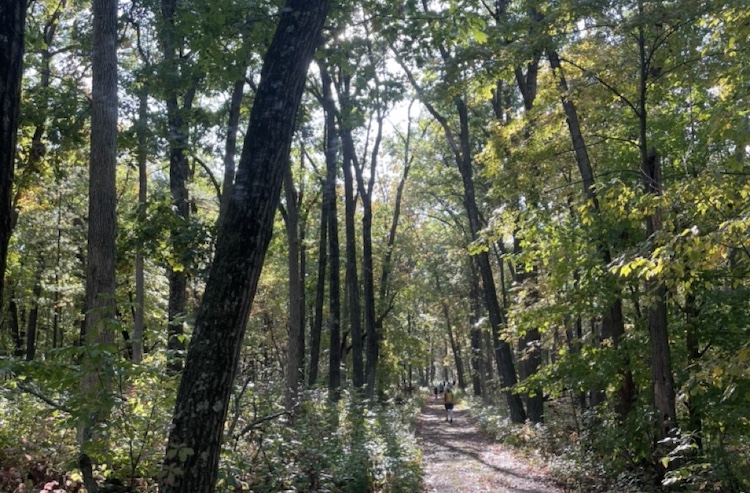
By Allison From-Tapp, Psy.D., HSP
One might wonder why a blog about Mindfulness is titled “The Power of Awe”. When we are truly in awe of something, we must notice it and give it our full attention in order to feel that powerful feeling. And noticing is at the heart of mindfulness.
How often do we pay attention to our connection to things greater than ourselves? Many of us rush through busy days just trying to get from one project, one meeting, one test, to the next. We don’t often allow ourselves to pay attention, full attention, on purpose, to what is around us. We can all get sucked in by that hustle culture of always being on the go, but is it good for you? We know the answer is “no” but the pressure is real. So, what can you do now that you can actually fit in to your busy life? You can practice “the power of awe” and start with some mindfulness.
Getting Started with Mindfulness
Developing a mindfulness practice in the context of your current life is easier than you think. You can start with just a few minutes each day and gradually build your practice in a way that makes sense to you in the context of your life. Here are some steps you can take to begin your practice today.
- Start by simply finding a quiet spot with little to distract you. It can be a corner of your home or a peaceful spot outdoors.
- It’s best to set aside a regular time each day for mindfulness.
- Find a simple object to be mindful of. Most people start with their breath since it is always available for free. Then, simply notice that you are a person breathing. Feel the breath going in, swelling your abdomen, then feel the breath going out, collapsing the abdomen towards the spine. When you become distracted, simply return to the sensation of breathing.
- Practice being patient and non-Judgmental. It is normal for thoughts and feelings to arise and distract you. When this happens, please work to avoid judging yourself or giving up. Instead, simply be mindful that you have been distracted and return to the sensation of the breath. (This returning to the breath after being distracted is considered by many practitioners to be the most important part of this work.) Remember that it is called a practice for a reason.
- It’s okay to start small with 5 to 10 minutes of practice a day. You can gradually increase the time you spend practicing as you become more comfortable and begin to see the benefits of mindfulness in your life.
What Next?
That’s it. You’re now a mindfulness practitioner. Over time, you will likely find that regular mindfulness practice is a powerful antidote to the distractions of modern life. It’s a journey inward, providing a well-worn path to discovering the peace that is inside of you and is your birthright. Your brain has a naturally occurring ability to be purposeful, stable and clear. And regular mindfulness practice is a deceptively simple way to unlock your inherent peace and wisdom. Please remember that mindfulness is a lifelong practice that can change your life for the better. It is a journey, not a destination. In the coming weeks, we will explore various techniques, share personal stories of mindfulness journeys, and provide practical tips for helping you embrace mindfulness as a way of life. Starting next month you will be introduced to the first stop on the Spalding Mindfulness Tour.